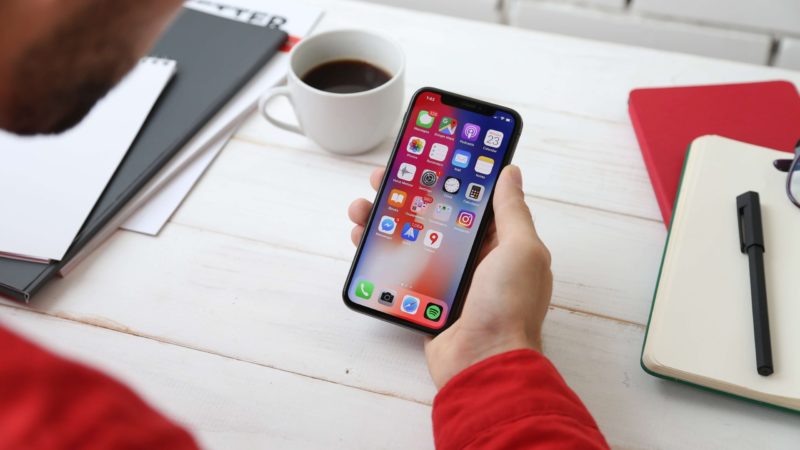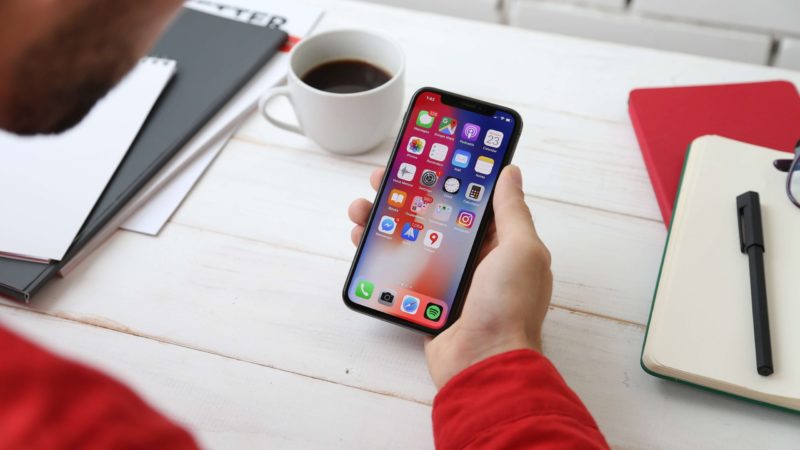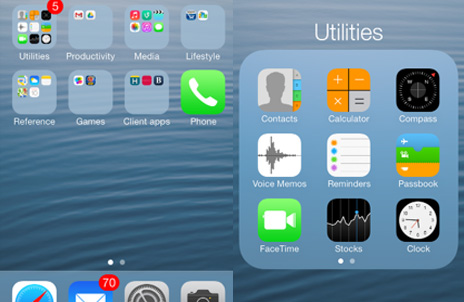
How to plan an app – part 1

The iPhone was launched seven years ago, starting the smartphone revolution and the need for apps. While they may not be the coolest kid on the block now, apps are still popular, desirable and can be an excellent tool for providing customer value.
Apps have several advantages over responsive and mobile websites that make them appealing and a smarter development choice:
- Convenience – an app is one touch away rather than having to open a browser and remember a url.
- Front of mind – sitting on the home screen or in a folder, they can be a visual reminder to the user that your company exists.
- Can use phone features such as camera and torch.
- Work anywhere – they do not always require an internet connection.
Step 1: Why are you doing it?
Businesses often find themselves in two positions when deciding to do an app:- Someone internally shouting “WE NEED AN APP” but not being specific about what it should be.
- Know that they have to go mobile and that an app may be better than a mobile website.
- Is there a business need for it? (“To look good” is not a real answer!)
- Will it improve the service/provide value to your prospects/customers?
- What are you trying to achieve with it?
- What do you expect users to do with the app?
Step 2: Research
The competition
If your competition has an app it’s tempting to follow suit. If your motivation for doing it is to keep up with them then make sure you assess the app. Is it actually any good? Would people actually use it? Has it been reviewed? A poor pointless app can be more damaging than no app at all.If your competition has an app it’s tempting to follow suit.
Feedback
Getting your clients involved is important and a potential idea mine. You will be able to measure the desirability of an app and suggested features, as well as checking what operating system (OS) they are using. You can get feedback in a number of ways:- Email survey – quick and cheap but may not get a huge response.
- Handpick clients and phone them – smaller group but potentially richer information.
Content
Where will this come from? You may need to create app-specific content not just for build but on an ongoing basis. If the content is coming from another system, make sure that it will allow the app to access it.Platform
It is always better to code an app in the native OS language. While this is more expensive, it is a more robust solution and gives users the best experience. This is also why asking your clients about the app beforehand will make the decision easier. You shouldn’t assume that everyone has an iPhone. Developing an app for an OS that is not widely used by your client base would be disastrous.Servers and maintenance
If your app will have a content management system (CMS), then it will need a server to sit on and this will have an impact on the cost and ongoing maintenance. The app will also have to be updated from time-to-time to resolve bugs, add new features and adjust for new OS versions. Apple, for example, will not allow any app to be updated unless it has been amended for iOS7 from 1st February. It is good practice to have a maintenance contract in place so make sure you include this in the budget. The more platforms the app is on, the higher the cost.Make sure you budget for ongoing maintenance.The research phase, combined with your reasons for creating the app, will help you identify issues and perhaps more areas to look at. You may find at the end of it that an app is not viable because of complexity or cost. If, however, you decide to proceed then read part 2 of the article where we look at the agency brief, testing and marketing the app. Are you thinking of creating an app for your business? We’ve developed apps for a wide range of businesses - email us for London app development.

